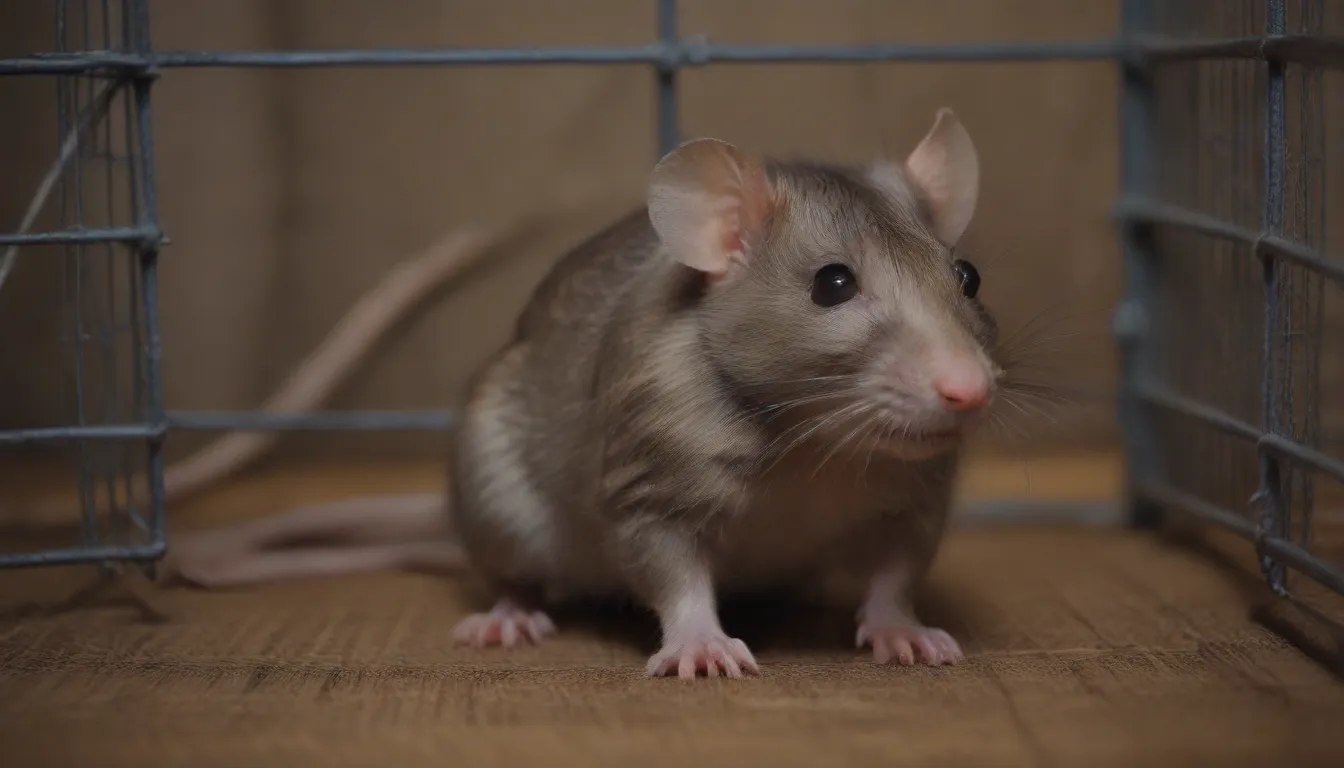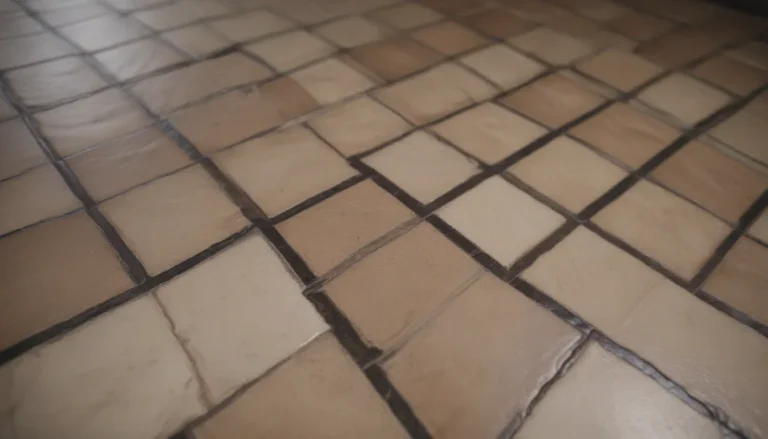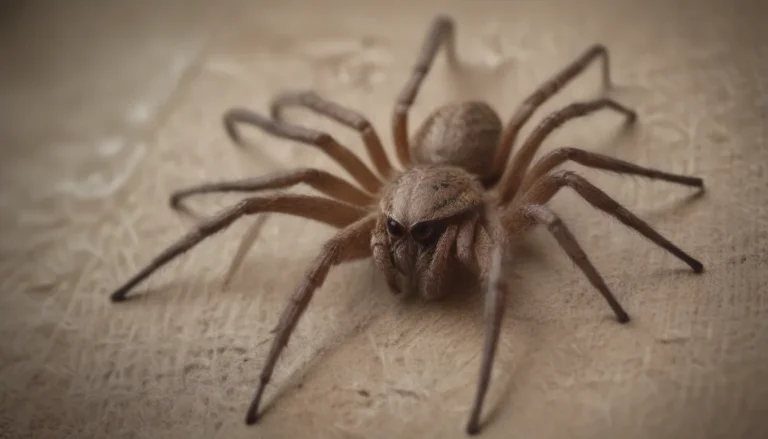The Ultimate Guide to Rat Trapping and Prevention in Your Home

Rats are unwelcome guests in any household, but with the right knowledge and tools, you can effectively trap and eliminate them from your home. In the United States, the Norway rat and the roof rat are the most common culprits of home invasions, known for their destructive tendencies. While using poison may seem like a quick fix, setting traps is often the safer and more reliable method to rid your home of these pesky rodents.
Spotting the Signs of a Rat Infestation
Rats are nocturnal creatures, meaning they are most active at night and tend to hide during the day. This can make it challenging to know if you have a rat problem in your home, even if you never actually see one. Keep an eye out for the following signs of rodent presence:
- Droppings: Rat droppings are larger (1/2 to 3/4 inch) than mouse droppings (about 1/4 inch).
- Gnaw marks: Look for signs of gnawing on food packaging or wooden surfaces.
- Strange noises: Listen for scratching or scurrying sounds coming from the walls or ceilings.
- Nesting materials: Rats will use various materials to build their nests, such as paper, fabric, or insulation.
Differentiating Between Rats and Mice
Rats are significantly larger than mice, measuring between 9 to 11 inches in length (including the tail). Their droppings are also larger compared to those of mice. Understanding the size differences between rats and mice can help you determine the type of rodent you are dealing with in your home.
Rat Behavior and Habits
To effectively trap rats, it’s vital to understand their behavior and habits. Here are some key facts about rats:
- Diet: Rats are omnivores and will eat nearly anything, with a preference for grains, meats, and some fruits.
- Lifespan: Rats generally live about a year, but they can live longer with access to warmth, shelter, and food.
- Habitat: Roof rats, in particular, prefer high places like attics or upper levels of homes. They are excellent climbers and can access homes through tree branches, cables, or wires.
Placing Rat Traps Strategically
Setting traps in the right locations is crucial for successful rat elimination. Consider the following tips when placing rat traps:
- Secluded areas: Place traps against walls in hidden or secluded areas where rats are likely to seek shelter.
- Runways: Rats tend to follow common travel routes along walls, so focus on placing traps along these pathways.
- Signs of rat movement: Look for droppings, gnaw marks, or soiling along runways to identify areas where rats are active.
Troubleshooting Common Trapping Issues
If you find that your traps are not catching any rats, consider the following tips:
- Trap-shy behavior: Rats can be wary of new traps. Start by placing unset, baited traps to acclimate them to the presence of traps before setting them.
- Choice of bait: Contrary to popular belief, cheese is not the most effective bait for rats. Dried fruits, nuts, or even pet food can be attractive options. Attach the bait securely to the trap to prevent rats from stealing it without triggering the trap.
Dealing with a Rat Infestation
A single pair of rats in your home can quickly multiply, with the potential to produce over 1,500 offspring in a year. It’s crucial to address a rat infestation promptly to prevent further proliferation and damage to your property. Remember that rats can squeeze through tiny holes and gaps, so seal any potential entry points in your home to prevent future infestations.
Conclusion
By understanding the behavior and habits of rats, strategically placing traps, and using the right bait, you can effectively eliminate these unwanted guests from your home. Remember to be persistent and thorough in your efforts to prevent future infestations. With the right approach, you can reclaim your home from these destructive rodents and enjoy a pest-free environment for you and your family.





